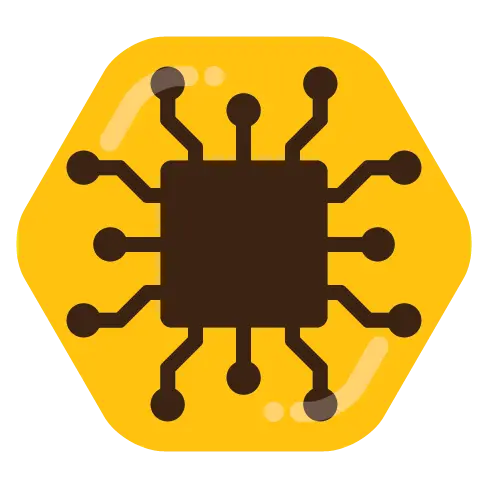- cross-posted to:
- technology
- cross-posted to:
- technology
Ars provides this asterisk:
Even though the spreadsheet contains a complete AI language model, you can’t chat with it like ChatGPT. Instead, users input words in other cells and see the predictive results displayed in different cells almost instantly. … [L]anguage models like GPT-2 were designed to do next-token prediction, which means they try to complete an input (called a prompt, which is encoded into chunks called tokens) with the most likely text. The prediction could be the continuation of a sentence or any other text-based task, such as software code. Different sheets in Anand’s Excel file allow users to get a sense of what is going on under the hood while these predictions are taking place.
Direct github link here; YouTube intro from the creator here.
🤖 I’m a bot that provides automatic summaries for articles:
Click here to see the summary
Now, a software developer named Ishan Anand has managed to cram a precursor to ChatGPT called GPT-2—originally released in 2019 after some trepidation from OpenAI—into a working Microsoft Excel spreadsheet.
“By using a spreadsheet anyone (even non-developers) can explore and play directly with how a ‘real’ transformer works under the hood with minimal abstractions to get in the way,” writes Anand on the official website for the sheet, which he calls “Spreadsheets-are-all-you-need.”
That’s tiny compared to the 128,000-token context window of GPT-4 Turbo, but it’s enough to demonstrate some basic principles of how LLMs work, which Anand has detailed in a series of free tutorial videos he has uploaded to YouTube.
He pulled inspiration from data scientist Jeremy Howard’s fast.ai and former OpenAI engineer Andrej Karpathy’s AI tutorials on YouTube.
It’s particularly interesting to see that particular model baked into an educational spreadsheet because when it was announced in February 2019, OpenAI was afraid to release it—the company saw the potential that GPT-2 might be “used to generate deceptive, biased, or abusive language at scale.”
Anand’s spreadsheet implementation runs “GPT-2 Small,” which unlike the full 1.5-billion-parameter version of GPT-2 clocks in at 124 million parameters.
Saved 79% of original text.



